Release time:2025-06-13 14:34:25Clicks:author:SPG ArcheryMain categories:Bows, Arrows, Archery Accessories
Basic Archery Techniques (I) Standing
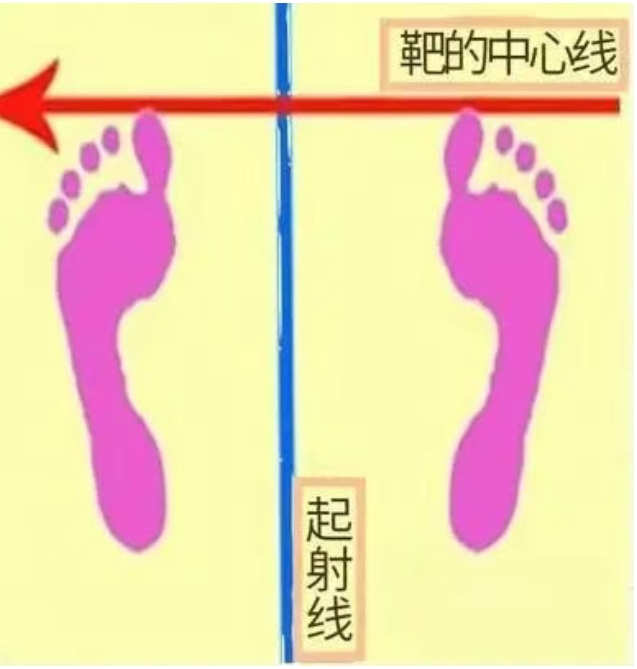
The success of archery lies in stability, and stability begins with solid basic skills. Standing is the basic posture of the archer when he starts shooting. Standing well is one of the necessary conditions for shooting a good arrow.
Standing posture
Parallel standing
Parallel standing requires that the feet are shoulder-width or slightly wider than the shoulders, standing on both sides of the shooting line, forming a natural straight line with the target. In comparison, parallel standing is easy and saves effort, and it is easy to master basic movements by using the strength of the shoulders.
Exposed standing
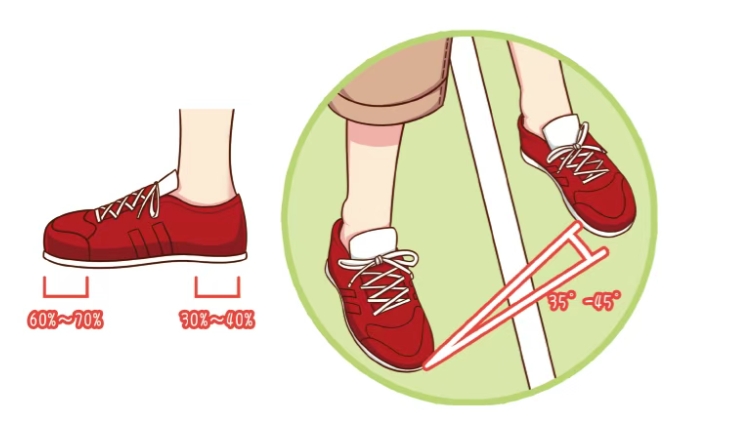
The basic requirements of exposed standing are to stand on both sides of the shooting line with the feet separated, shoulder-width apart. The line connecting the toes of the two feet is about 35° to 45°, ensuring that the plane of the two feet has sufficient stability. Stand with the left foot diagonally, and the right foot is basically parallel to the shooting line. 60%~70% of the body weight is distributed on the toes of both feet, and 30%~40% is placed on the heels of both feet. Adopting the exposed standing style, the chest can be twisted greatly to form the shoulders perpendicular to the target surface. This standing posture has a large support surface and has a certain strengthening effect on the back muscles of the bow arm. Now it is also adopted by more professional athletes.
Concealed standing style
The basic requirement of concealed standing style is to stand with two feet apart on both sides of the shooting line, with the left foot aligned with the shooting line and the right foot slightly backward and standing diagonally. This standing posture is more targeted and only suitable for some people with special human body shapes.
Body posture
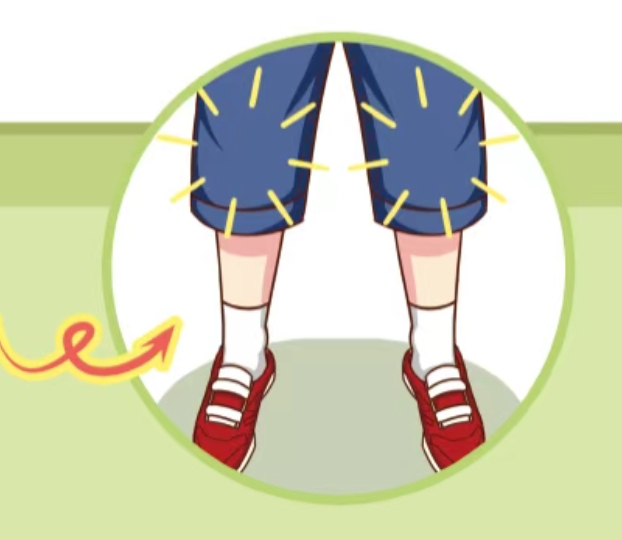
The knee joint should be extended, locked but not stiff, which is conducive to stability and not easy to produce muscle fatigue.
Upper body posture
The upper body and lower limbs should be in a straight line, and the center of gravity of the body should be placed between the insteps of the two feet, in front of the ankles. Tighten the buttocks and do not stick out.
The whole body is slightly tilted forward, the chest is contained and the sternum is sunken to make more space in front of the chest.
The spine should be as natural as possible to provide the most powerful and stable posture.
Proper upper body posture is essential for enhancing the pull of the shoulder and back muscles.
Shoulders
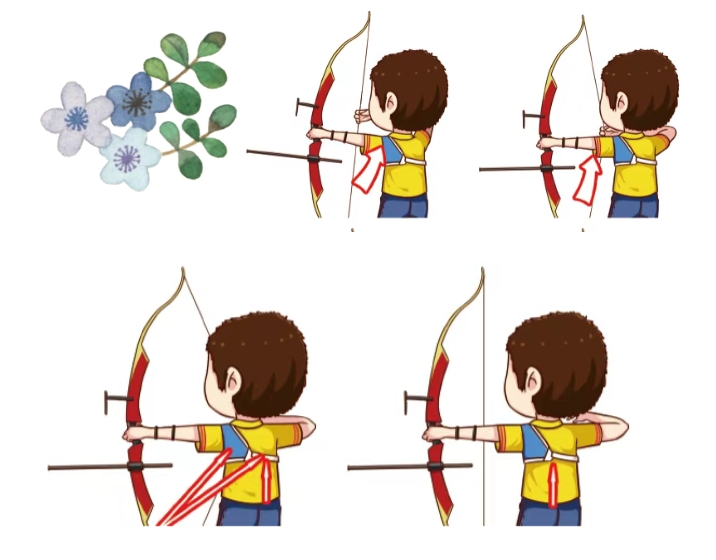
The shoulder of the bow arm should be kept as low and natural as possible when raising the bow, so that the bone structure and arm strength can be most effectively utilized.
When raising the bow to the target, you should ensure that the shoulder is fully extended, while fixing the triceps of the bow arm and making the front hand more relaxed. The shoulder of the bow arm should be as low as possible and remain in a low position throughout the shooting.
Head
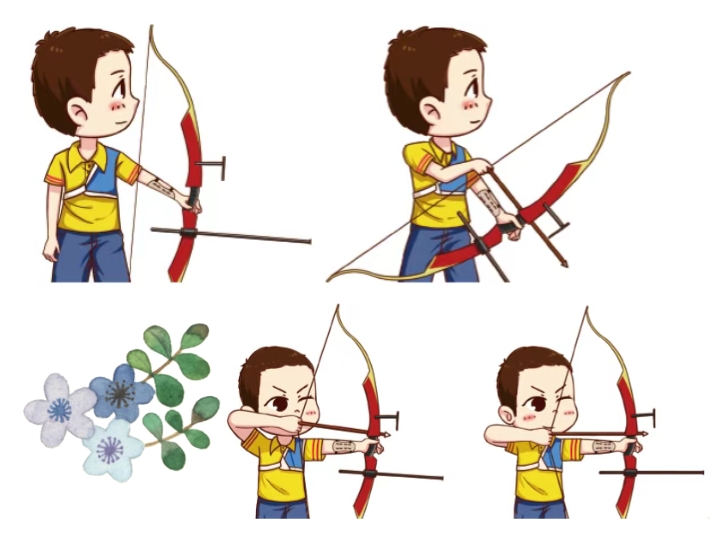
The head should be in a natural vertical position. Too high or too low will cause tension in the neck muscles. The bowstring should be against the middle of the nose, and the fixing point of the hook hand is slightly outside the face. Too much deviation or being in the middle of the jaw will affect the force and release.